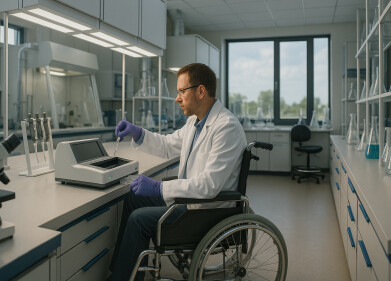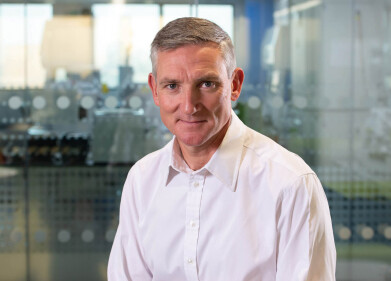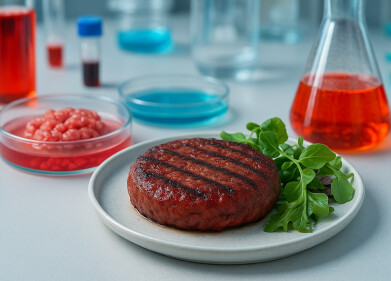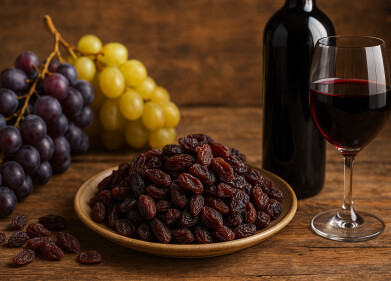News
Non-Wovens as Scaffolds for Artificial Tissue
Jul 07 2009
Medical Scientists in Germany who have been working on production of artificial cartilage using porous scaffold materials are also aiming to produce tendons and blood vessels using the same techniques. Cells placed on a porous non-woven frame made of, for example polymer fibres, have potential to grow and form tissue. Whether the cells will grow properly into tissue, however, depends on many factors. For instance, the cells only form cartilage if they are subjected to loads comparable with those in the body. To form cartilage the tissue needs to experience the pressure applied by every step. By contrast, blood vessel tissue needs the pulsation of the blood.
Exactly how these forces exert themselves on cell walls when the fibre scaffolds are pulled, or have liquid passing through them has been quite difficult to describe or determine. Now research scientists at the Fraunhofer Institute for Mechanics of Materials IWM in Freiburg and Halle have developed a simulation model which answers these questions and characterises the fleeces. “The simulation reproduces the mechanical properties of the fleeces and the transport processes – the software can therefore also calculate how nutrients are transported to the cells and metabolic products are transported away from the cells when a liquid flows by,” explains Dr. Raimund Jaeger, Group Manager at the IWM.
“Understanding these processes can be helpful for cell culture.” To produce the model, the research scientists initially studied the mechanical properties of the individual polymer fibres and for this purpose developed a special apparatus. On a silicon chip measuring one square centimeter, the scientists in Halle etched approximately 50 ‘microtesting machines’. They then placed and fastened the fibres over the testing machines. Under the microscope the researchers were able to observe how the fibres behave when they are pulled, how far they stretch and when they snap. As fibre-like structures are frequently encountered in nature and technology, suitable experimental techniques and simulation methods have a wide range of applications.
Digital Edition
Lab Asia Dec 2025
December 2025
Chromatography Articles- Cutting-edge sample preparation tools help laboratories to stay ahead of the curveMass Spectrometry & Spectroscopy Articles- Unlocking the complexity of metabolomics: Pushi...
View all digital editions
Events
Jan 21 2026 Tokyo, Japan
Jan 28 2026 Tokyo, Japan
Jan 29 2026 New Delhi, India
Feb 07 2026 Boston, MA, USA
Asia Pharma Expo/Asia Lab Expo
Feb 12 2026 Dhaka, Bangladesh



















